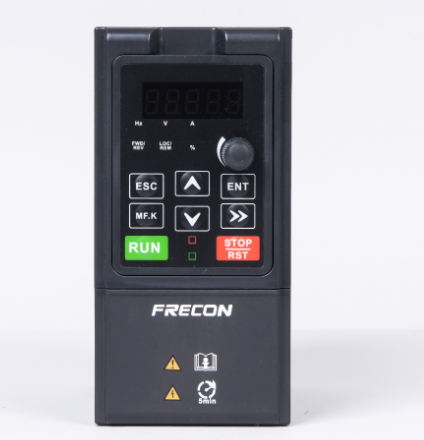In the realm of industrial automation, variable frequency drive inverters play a crucial role in optimizing motor control and energy efficiency. These devices regulate the speed and torque of electric motors by adjusting the frequency and voltage of the power supplied. As industries move towards more sustainable practices, the demand for general purpose inverters, which serve a wide range of applications, is increasing.

What is a Variable Frequency Drive Inverter?
A variable frequency drive inverter (VFD inverter) is an electronic device that controls the speed of an electric motor by varying the frequency of the electrical supply. By converting the incoming AC power to DC and then back to AC at the desired frequency, VFD inverters enable precise control over motor operations. This capability not only enhances efficiency but also extends the lifespan of the motor by minimizing wear and tear.
In many applications, general purpose inverters are favored for their versatility. They can be used in HVAC systems, conveyors, and various manufacturing processes where speed regulation is critical. The ability to adjust motor speed based on real-time demand leads to significant energy savings, making variable frequency drive inverters essential in modern industrial settings.
Advantages of Using General Purpose Inverters
One of the primary advantages of a general purpose inverter is its adaptability. These inverters can be utilized across various industries and applications, making them a cost-effective solution for many businesses. By implementing a variable frequency drive inverter, companies can improve their operational efficiency and reduce energy consumption.
Additionally, the compact design of modern general purpose inverters allows for space-saving installations. For example, the FR150A Series multifunctional inverter features an optimized structural design, reducing installation space by 40% and overall volume by 50%. Such advancements not only simplify layout processes but also enhance accessibility to electronic control devices.
Energy Sharing and Efficiency
When multiple variable frequency drive inverters are used in tandem, they can be connected to parallel DC buses. This setup facilitates energy sharing between drives, allowing for reduced braking resistance power or even the elimination of braking resistors. This capability further enhances the efficiency of the system, contributing to lower operational costs and improved performance.
The integration of energy-efficient practices through the use of general purpose inverters is becoming increasingly important for businesses aiming to reduce their carbon footprint. By optimizing energy usage, industries can align with sustainability goals while maintaining high productivity levels.
Conclusion
In conclusion, variable frequency drive inverters are integral to modern industrial automation, providing precision motor control and energy efficiency. With the added benefits of space-saving designs, such as those found in the FR150A Series by FRECON, businesses can enhance their operational capabilities while reducing energy consumption. The versatility of general purpose inverters makes them a valuable investment for any organization aiming for sustainable growth and efficiency.





